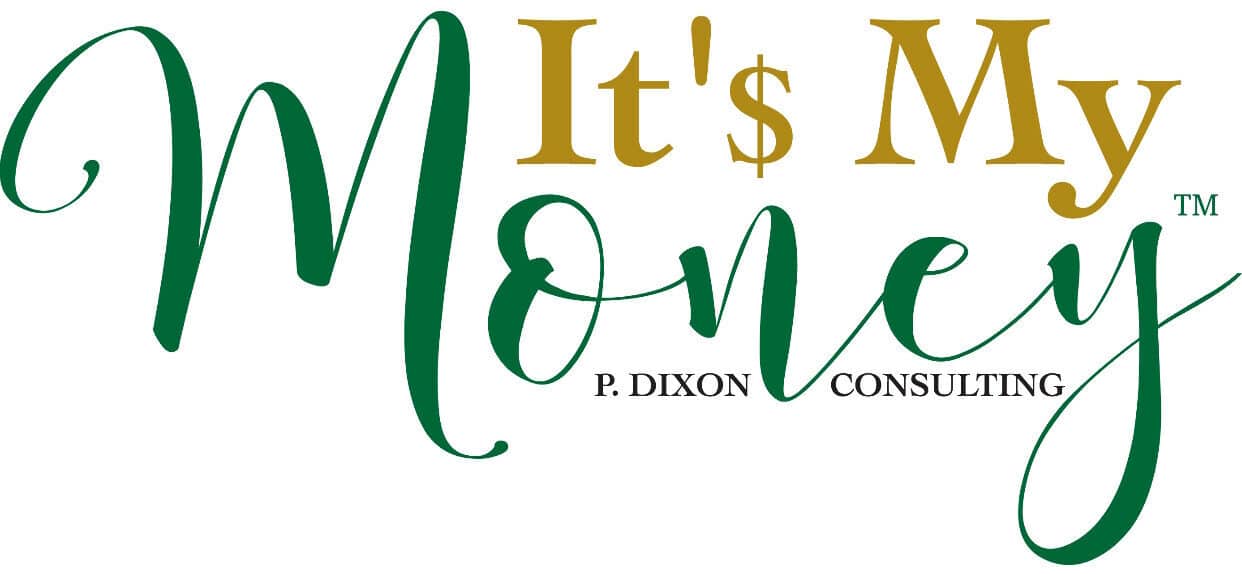Deciphering Home Affordability: Can You Afford to Buy a House?
Buying a house is a significant milestone, but it’s essential to ensure that your dream home doesn’t turn into a financial nightmare. Understanding how much you can afford to spend on a mortgage is crucial in making a responsible decision that aligns with your financial well-being. Here’s a step-by-step guide to figuring out how much house you can afford.
Understanding Mortgage Affordability
Your monthly budget is your roadmap to determining how much you can afford to spend on a mortgage. Financial experts often recommend that your mortgage payment—including insurance, taxes, and homeowners association (HOA) fees—should not exceed 28% of your monthly gross income. This guideline helps ensure that you can comfortably cover your housing costs without compromising other financial obligations.
The 28%/36% Rule
Beyond the 28% guideline for housing expenses, there’s a broader recommendation known as the “28%/36% rule.” This rule suggests that no more than 36% of your gross income should go towards all debt obligations, with 28% allocated for your mortgage. If you have minimal debt, you might have more flexibility with your mortgage payment. However, it’s essential to consider your entire financial picture before making decisions.
The Role of Down Payment
The down payment is a critical factor in home affordability. It’s the upfront payment you make when purchasing your home, directly applied to the home’s purchase price. Aiming for a down payment of at least 20% can help you avoid private mortgage insurance (PMI)—an additional cost that protects the lender if you default on your loan. While PMI can be necessary for some buyers, avoiding it can save you money in the long run.
Interest Rates and Mortgage Terms
When considering a mortgage, you’ll need to decide between a 15-year and a 30-year term. A 15-year mortgage typically offers lower interest rates but comes with higher monthly payments. Conversely, a 30-year mortgage spreads payments over a longer period, making monthly payments more manageable but increasing the total interest paid over the life of the loan.
Incorporating Other Homeownership Costs
Homeowner’s insurance, property taxes, and HOA fees are additional costs that are often included in your monthly mortgage payment. These expenses can vary widely depending on your home’s location and features, so it’s important to factor them into your overall budget.
Using a Mortgage Calculator
A mortgage calculator can be an invaluable tool in determining what price home you can afford. By inputting your income, down payment, interest rate, and mortgage term, you can estimate your monthly payment and see if PMI will be a requirement based on your down payment percentage.
Conclusion
Affording a home involves more than just falling in love with a property. It requires a thorough examination of your finances, understanding the components of a mortgage payment, and considering the long-term implications of your purchase. By carefully evaluating your budget and making informed decisions, you can find a home that meets both your desires and your financial capabilities.
